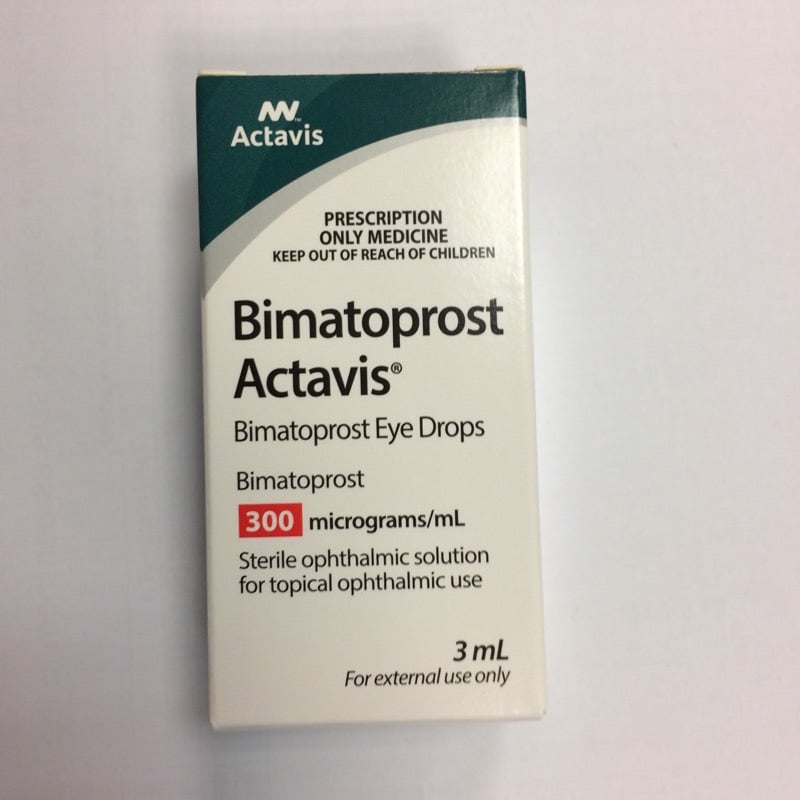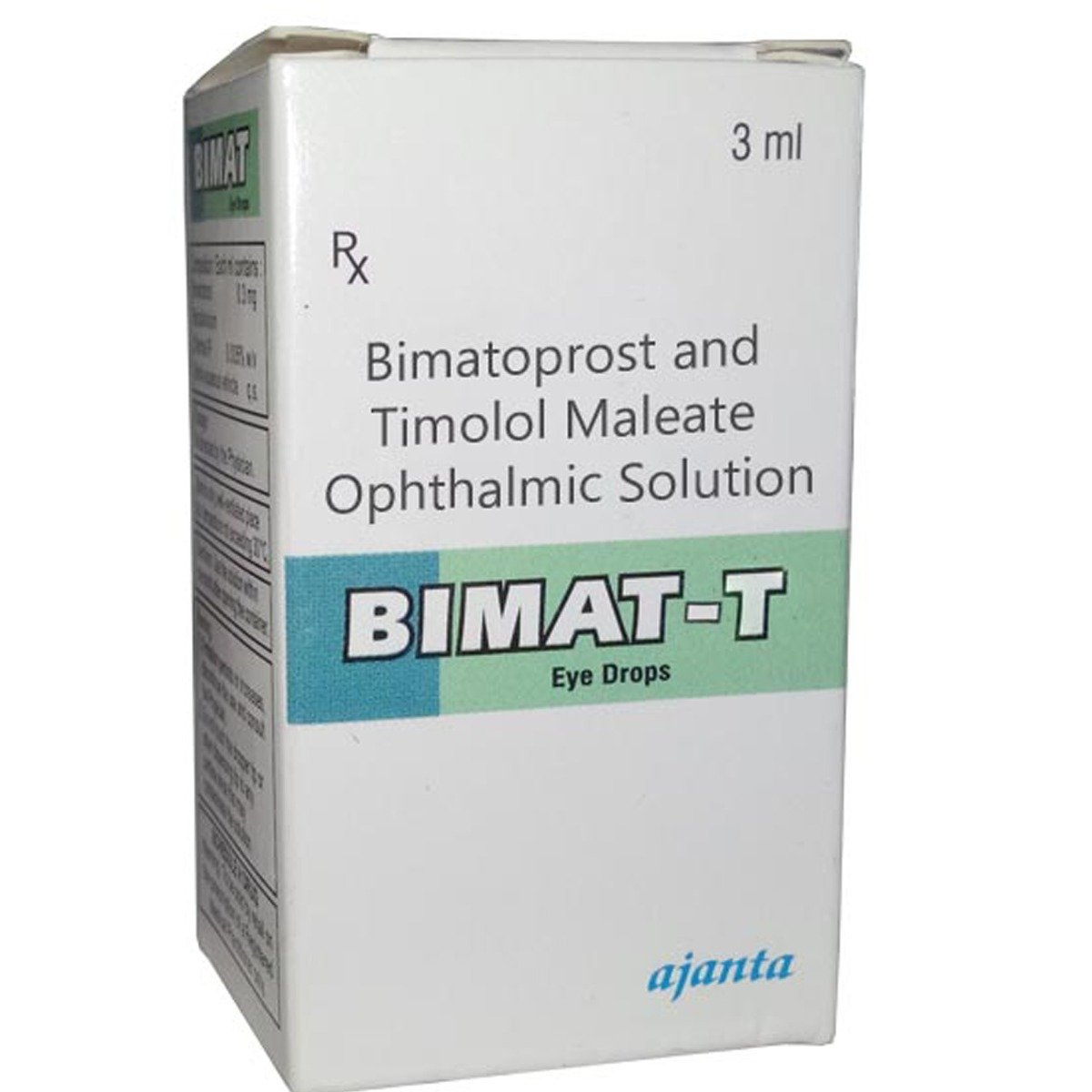Our eyes are the gateway to this world, allowing us to experience the true beauty of our surroundings.
Therefore, it is essential to ensure that our eyes stay healthy.
However, just like any other body part, our eyes can also become victims of bacterial eye infections.
But what is a bacterial eye infection? And how does it affect our eyes?
Let us proceed with this article and find the answers to these common questions.
What is a Bacterial Eye Infection
Bacterial eye infection is caused by harmful bacteria.
Factors like eye injuries, wearing unhygienic contact lenses, immune deficiencies, or other diseases might lead to bacterial growth.
An individual might experience the following bacterial eye infection symptoms-
- Redness or swelling in the eye or eyelid
- Discomfort or pain in the eyes
- Blurred vision
- Light sensitivity
- Yellow or green colored sticky discharge from the eyes
However, the good news is that bacterial eye infection is treatable.
Ophthalmologists can help treat bacterial eye infections effectively.
They may prescribe antibiotics containing Tobramycin and Azythromicine to treat the infection effectively.
Therefore, seeking medical advice to treat your bacterial pink eye infection is essential.
To explore more about eye infections, read Protect Your Vision From These Common Eye Infections.
Treat bacterial eye infections with effective antibiotic medicines. Buy them now from Cheap Medicine Shop:
Types of Eye Infections Caused by Bacteria
Several eye infections are caused by bacteria. Some common eye infections caused by bacteria are Conjunctivitis, Keratitis, and Blepharitis.
Out of these eye infections, Conjunctivitis is the most common infection caused by bacteria.
Let us talk about these eye infections in more detail.
Conjunctivitis
Conjunctivitis, or pink eye, is the most common bacterial eye infection.
Approximately 6 million individuals experience pink annually alone in the USA.
Among the three types of Conjunctivitis, the bacterial pink eye is a highly contagious eye infection.
Pink eye can be caused by various bacteria, viruses, and allergens are responsible for causing pink eye.
Common pink eye-causing bacteria are Staphylococcus Aureus, Streptococcus Pneumoniae, Haemophilus Influenzae, and Chlamydia Trachomatis.
Bacterial pink eye typically results in redness, itching, and a discharge from the eye.
Conjunctivitis is a highly contagious eye infection and can spread easily between individuals.
To know more about the infectiousness of Bacterial Keratitis, read Is Pink Eye Contagious – All You Need to Know.
Keratitis

Keratitis is an infection of the cornea.
Bacteria, viruses, or fungi are common causes of Keratitis.
Bacterial Keratitis may result from wearing unhygienic contact lenses or from an eye injury.
Common Keratitis symptoms include pain, redness, and blurred vision.
Blepharitis
Blepharitis is a common bacterial eye condition affecting the margin of the eyelid.
It causes inflammation in the eyelids.
The overgrowth of bacteria, along with oil gland dysfunction, leads to Blepharitis.
Unlike Conjunctivitis and Bacterial Keratitis, Blepharitis is non-contagious.
The common symptoms of Blepharitis are red, swollen eyelids and can cause irritation, itching, and a gritty sensation in the eyes.
If the treatment of Blepharitis is not received on time, it may lead to severe complications.
To learn about more types of eye infections, read A Comprehensive Guide to the Types of Eye Infection.
How to Manage Bacterial Eye Infection
 Source: pixelshot
Source: pixelshotThere are several ways to manage the bacterial eye infections.
Among the various treatment options, medications are most effective in treating bacterial eye infections.
Antibiotic medications, including eye drops and oral pills, are effective in treating eye infections caused by bacteria.
There are several antibiotic eye drops for bacterial eye infections, such as Azithromycin and Tobramycin.
Besides antibiotic medications, there are several ways to manage and prevent eye infections.
Let us take a brief look at the ways to prevent and handle eye infections.
- Practice good hygiene
- Wash your hands frequently
- Avoid sharing personal items like towels or eye makeup
- Avoid rubbing or touching your eyes, as this can worsen the infection and spread bacteria
- Maintain hygiene during wearing or removing contact lenses
- Apply warm compresses on the affected area
It would be best to consult a licensed eye care specialist to treat your bacterial eye infection.
They can prescribe effective treatment options to treat your eye infection caused by bacteria.
To learn more treatment options for eye infections, read Eye Infection Treatment: How to Get Relief Quickly.
Key Notes
As its name suggests, bacterial eye infection is a type of eye infection caused by bacteria.
These bacteria can enter the eyes due to wearing soiled contact lenses and eye injuries.
Some common symptoms of bacterial eye infections are redness or swelling in the eye, or blurred vision.
An individual might experience several eye infections due to bacteria, such as Conjunctivitis and Keratitis.
It is vital to look for these symptoms to effectively treat your bacterial eye infections and avoid the spread of these infections.
An authorized opthalmologist can help treat your bacterial eye infections with the help of medications such as antibiotics.
Thus, it is important to consult a medical practitioner for timely treatment.

Frequently Asked Questions
Can I take over-the-counter eye drops for bacterial infection?
No, you should avoid using over-the-counter (OTC) eye drops for bacterial eye infections. Using OTC medications might lead to several side effects and increase the risk of experiencing severe complications of bacterial eye infections.
It is advised to contact an authorized opthalmologist to prescribe eye drops to treat bacterial infections.
See our Recommendations
Is a bacterial eye infection contagious?
Yes, bacterial eye infections such as Conjunctivitis are contagious. Bacterial eye infections can be easily transmitted through direct contact with an affected individual.
Washing your hands properly after coming in contact with an infected person is essential.
See our Recommendations
Can children get bacterial eye infections?
Yes, children can experience bacterial eye infections. This eye infection can affect individuals of all ages. Bacterial pink eye, a common type of bacterial eye infection, is common in young individuals.
See our Recommendations
Can I wear contact lenses with a bacterial eye infection?
No, you should avoid wearing contact lenses with a bacterial eye infection. Wearing contacts may worsen the condition and slow down the healing process.
Consult an eye doctor before wearing contact lenses if you have any bacterial eye infections.
See our Recommendations
How do you know if an eye infection is bacterial?
A bacterial eye infection is often identified by symptoms like green or yellow discharge, redness, eye pain, and crusting of the eyelids.
A precise diagnosis is done through a thorough eye examination. Therefore, it is advised to visit a trusted eye care center to diagnose bacterial eye infections.
See our Recommendations
Cheap Medicine Shop only refers to credible, authoritative sources for our content. If you’re curious about how we ensure the integrity of our content, we encourage you to read our Content Information Policy.


















